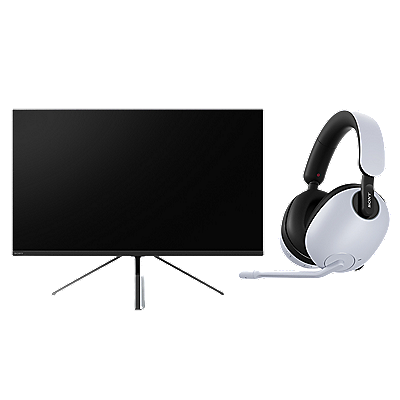There is no picture when using an HDMI connection.
Before you start
- The following shows you solutions if you experience problems when connecting a TV and an Audio/Video device via an HDMI cable. If there is no picture on the TV screen when using an analog cable (composite or component cable), refer to the There is no picture on the television from the Audio/Video device article.
- Make sure your TV has the most recent system software (firmware). System software updates are available for certain LCD Televisions. Downloads are posted on your model support page.
Follow the steps below to troubleshoot this issue
- Make sure the TV is set to the correct video input to receive the HDMI signal. Most TV remotes have an Input button that cycles from one input to the next. Press the Input button repeatedly until the correct HDMI input is displayed on the TV. Be sure to check which input on the TV you are connecting to.
Note: The location of the Input button on your remote and the number and names of the inputs may be different on your TV.
- Make sure the connected device is turned on.
- The next steps will depend on your TV model type:
Google TV™ and Android TV™ models Other TV models - If you are using an audio system such as an amplifier or theater system between the TV and your video source, make sure that the input setting on the audio system corresponds to the video output source.
- Make sure the connected device is configured to output through its HDMI connection and the video format being output is compatible with the TV. The selected output may be indicated on the display of your device or in the menus.
IMPORTANT: Some devices may output a 1080/24p or 1080/30p video signal, but some TVs can only accept a 1080/60p video signal. Changing the video output format of the connected device may resolve the issue. Check the manual or contact the manufacturer for further information about changing the video output format. - If the device is connected to an A/V Receiver or other component before being connected to the TV, try connecting directly to an HDMI input of the TV. If this works, your receiver or other device may not be an HDMI repeater and might not pass the signal on to the TV.
Note: An HDMI repeater receives an audio/video signal from one HDMI device and passes it through to another connected HDMI device. While Sony products are supported for use with HDMI repeaters, products from other manufacturers may not be supported.
- If you are connecting to an A/V receiver using an analog connection type (Coaxial, Composite A/V, Component A/V, or S-Video), the receiver may not be able to up-convert that signal to HDMI to send to the TV. Refer to the operating instructions included with your A/V receiver for more information on other connection options.
- Perform a power reset on the equipment by doing the following:
- Turn off the connected device and the TV.
- Unplug the power cords of the device and the TV.
- Allow both the device connected and the TV to remain without power for 30 seconds.
- Plug the power cords of the device and the TV back into the electrical outlet.
- Turn on the connected device and TV.
- Try using a different HDMI cable.
Note: If you want to view 1080p (50p/60p) quality picture on the TV from an external device, use a High Speed HDMI cable with the "HDMI" logo as the connection cable.
- If possible, try a different device that can output an HDMI video signal using the same connections. If this works, the first device may not be working properly and you may need to check with the device manufacturer for further assistance.
- If there is still no picture, reset the TV to factory settings.
- For Google TVs or Android TVs: Refer to the How to reset the Google TV or Android TV to factory settings article.
- For other TVs: Refer to the How to reset the television to the original factory settings article.
If the issue is still unresolved, the TV may require service. Go to Product Repair.



















